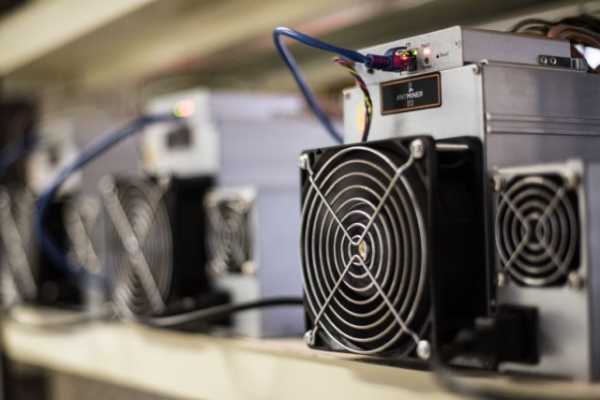
Since the beginning of September, three cases of finding a Bitcoin block by single miners have become known. Each of them mined cryptocurrency on equipment with different computing power, which means that the chances of each were significantly different.
A few days ago, one miner mined a block on hardware with a capacity of 61 Ph/s (petahash per second) — that’s about 300 modern mining devices. According to calculations on the SoloChance portal, he has a chance of adding a block of 1 in 16 thousand every time he searches for a new block (every 10 minutes).
The chance of luck for another miner finding a block with 200 Th/s (terahash per second) hardware was 1 every 100 years or 1 in 4.8 million every 10 minutes. And at the end of last week, a solo miner added a block of Bitcoin to the blockchain on one device with a capacity of only 4.8 Th/s. His chances of success were an incredible 1 in 202 million.
The expert told RBC-Crypto how the probability of mining a Bitcoin block during solo mining is calculated, and why this type of mining is closer to gambling than to serious business.
As of September 9, 2025, the difficulty of mining Bitcoin is about 136 T (trillion). This is a record level, which reflects the growing competition in the network: the more computing power miners connect, the higher the difficulty becomes, keeping the average block time at 10 minutes, explained Intelion commercial director Anton Gontarev.
For a single miner, this means an extremely low probability of “catching a block,” the expert says. According to him, mathematically the mining process is described by the Poisson distribution: each ASIC miner participates in a kind of “lottery”, where the chance of winning is equal to its share in the total global hashrate.
With the current global hashrate, a 200 Th/s device on average can produce a block only once every 90 years. For an installation at 1 PH/s (about five modern devices), the average time is reduced to 18–19 years, for 10 PH/s — to one and a half years, Gontarev said.
He explained that the probability of an event in a limited period of time can be calculated using the formula, where h is the miner hashrate, H is the network hashrate, 600 seconds is the average interval between blocks:

Formula for calculating the probability of an event over a limited period of time
For example, for a miner with 1 PH/s, the chance of finding a block in a week is about 0.1%, in a year — 5%. For 10 PH/s, the probability of a block in a year already exceeds 40%, the specialist noted.
He added that in practice, solo miners are combined into services, such as the CKPool solo mining pool, which allows each connected participant to work “alone” but through a common node. The combined hashrate of such miners is quite high, which is why “lucky streaks” occur from time to time, as happened this month.
“These examples clearly show the dual nature of solo mining. On the one hand, this is a lottery with an extremely low chance of success for an individual device. On the other hand, the aggregate pool of “loners” on a network scale still mines several blocks per month, and the stories of “little winners” always attract attention to the industry,” says Gontarev.
In the context of solo pools, a “single miner” does not mean a miner with one device, it can be an entire data center with a large amount of equipment. For example, a miner who mined a block using 61 Ph/s on September 1 rented this capacity for mining.
Today’s network complexity of 136 T makes solo mining more of a gamble than a predictable business, the expert added. However, according to Gontarev, it is this “lottery” that creates unique cases when individual enthusiasts receive rewards on par with the largest data centers.



